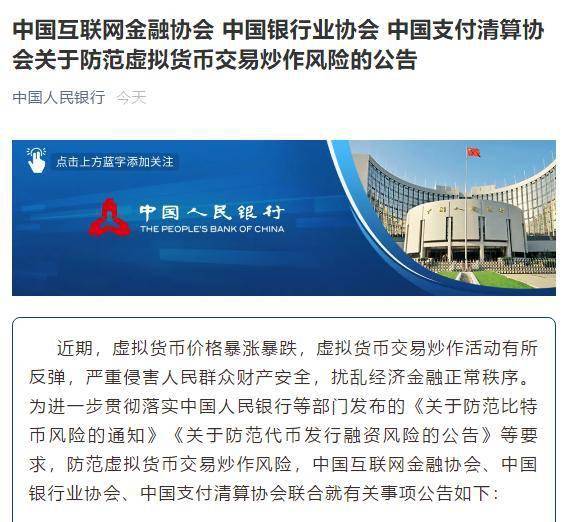热门话题
昨天ASX200小幅收高,重新站上7000点大关,其中涨幅榜中不乏科技股的身影,APT、Z1P、APX等等终于走出阴霾。另外,去年网课中我曾经重磅推荐过的一只中型黄金股也有非常不错的表现,截止目前已经有60%的涨幅。黄金也有不错的表现,目前站上1870美金,澳美小幅下跌,目前0.775。维州刚刚宣布了新一年的财政预案,我简单给大家介绍一下最新财政预案会对大家生活产生的影响?俗话说出来混,迟早是要还的。这句话对维州人民和中小企业来说是真真切切的。昨天,维州财政部长蒂姆·帕拉斯(TimPallas)提交了他的第七份州预算案,将在未来四年内进行150亿澳元的预算修复。

去年,维州作为全世界封城最久的城市,终于逐渐走出疫情封锁的阴影,维州预算已经有所改善。赤字已从233亿澳元下降到174亿澳元,而明年的赤字预测则从131亿澳元下调为116亿澳元。但是去年花钱有多爽,还钱的时候就有多痛苦。为了维持疫情封城期间的民生问题,政府去年推出了一系列jobkeeper,jobseeker等等,年度账单一来傻眼了。这么一个大窟窿该怎么补?加税,也就成了最直接,高效的方法。而加税,也是普通老百姓最不愿意看到的,就连总理莫里森都公开批评,但是维州财长的态度也是非常刚。他说:我不需要总理叫我该怎么管理经济。在最近的预案当中,中大型企业成了被政府薅羊毛群体中的一员,如果企业每年支付的工资超过1千万,那么就要交一个victorian mental health levy,维州精神健康税,预计超过9000家企业将要支付这个税。大家都知道,很多世界大型企业在澳洲的总部或者分布都设在维州,想想如果你是这些公司,你会继续选择在维州设立公司,招聘人员嘛?所以,这一举动,我实在是想不出来到底政府怎么增加就业。同时,赌博税,汽车税和保险税都增税行列之内。除此之外,土地税,印花税,交通罚款全面上涨,还新增了意外收益税。总的来说就是增加了土地价值180万以上的土地税和200万澳元房产的印花税。而如果因为council重新规划,房子升值的话,还要交意外收益税。听起来是不是像政府挖空心思要收税?当然,这一项预案中,也有受益者。其中遭到疫情打击最大的cbd市中心公寓开发商如果手里有超过1年以上没有销售出去的新公寓,那么就可以免印花税。除此之外,医院,医疗保健,基础设施建设,艺术从业者等都是这次财政预案的受益者。这几天加密货币市场有了非常大的波动,大家经常听我们广播的朋友们肯定对加密货币,比特币,以太坊等等都不陌生了。那么也肯定了解到这个加密货币市场在今年有多疯狂。其中,标志为一只狗狗头像的dogecoin今年1月份的时候0.01,2周前最高到了多少?最高0.7,70倍的涨幅!买1万就变成70万了。结果在前天晚上,中国针对近期虚拟货币交易炒作活动抬头的情况,互联网金融协会、银行业协会、支付清算协会18日联合发布《关于防范虚拟货币交易炒作风险的公告》,要求会员机构不得开展虚拟货币交易兑换以及其他相关金融业务。马斯克说因为全球大量的挖矿导致了能源的浪费,因此不推荐比特币,而这个言论也被市场解读为特斯拉将卖出比特币。

数字货币全线崩盘。比特币大跌30%,逼近30000美元大关,相对今年最高点时已“腰斩”。而其他加密货币更惨:以太坊一度跌46%,莱特币、艾达币等一度跌超50%。而在大跌当中,“木头姐”CathieWood和特斯拉CEO马斯克都出来对市场喊话,表达了对比特币的力挺。此后加密货币反弹,跌幅收窄至此前一半,比特币一度重返4万美元。我来说说我的想法吧,世界上总有些东西你看不懂,不认同,但是却不得不佩服。比特币,我记得2年前的时候,上5千美金,有人不屑,紧接着冲破1万美金,有人不可思议。随后,冲破2万,3,万4万,最高3月份冲破了6万美金一枚。这一波大跌,比特币回落到了3万美金,之后又反弹回到了4万。疯狂上涨的背后必然有泡沫,这个时候正常的回调才会是市场健康的态势。所以,我的观点是,如果比特币大跌破3万,那么是一个非常值得加仓持有的价格。总体来说,数字货币是一种趋势。趋势来了,如果你不认同,就算不加入也不要逆势而为。图形分析

在现货黄金价格的推动下,黄金ETF(GOLD.ASX)也开启了上涨通道,价格站上维加斯通道线以上,并且顾比均线组排列也出现了上涨信号。免责声明:GO Markets分析师或外部发言人提供的信息基于其独立分析或个人经验。所表达的观点或交易风格仅代表其个人;并不代表GO Markets的观点或立场。联系方式:墨尔本 03 8658 0603悉尼 02 9188 0418





.jpg)
.jpg)





